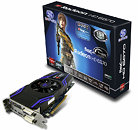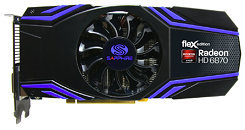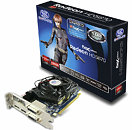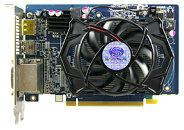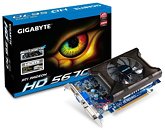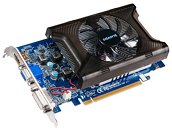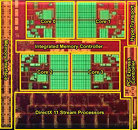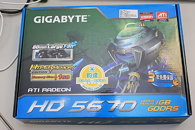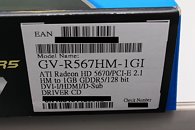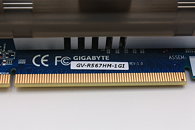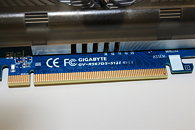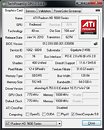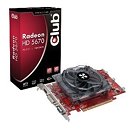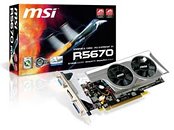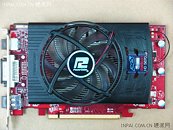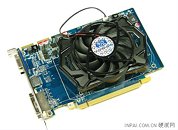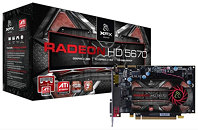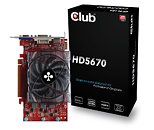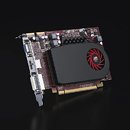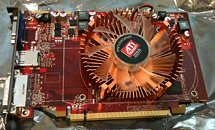
SAPPHIRE Enhances FleX Family for Eyefinity
SAPPHIRE Technology has just added two new models to its FleX family of graphics cards that can support three screens in Eyefinity mode, out of the box, without the need for DisplayPort monitors or active adapters. The SAPPHIRE HD 6870 FleX is the highest performing card with this feature, allowing gamers to use low-cost DVI monitors for all three screens. The new SAPPHIRE HD 5670 FleX delivers a cost-effective Eyefinity solution for increased productivity in tasks such as editing or business applications.
Both the SAPPHIRE HD 6870 FleX and the HD 5670 Flex can support three DVI monitors in Eyefinity mode and deliver a true SLS (Single Large Surface) work area without the need for costly active adapters. With the SAPPHIRE FleX solution, the first two monitors are connected to the DVI outputs, as usual. A third DVI monitor can be connected to the HDMI output with the passive cable adapter supplied. Thus three DVI monitors can be used in Eyefinity mode without any additional investment.
Both the SAPPHIRE HD 6870 FleX and the HD 5670 Flex can support three DVI monitors in Eyefinity mode and deliver a true SLS (Single Large Surface) work area without the need for costly active adapters. With the SAPPHIRE FleX solution, the first two monitors are connected to the DVI outputs, as usual. A third DVI monitor can be connected to the HDMI output with the passive cable adapter supplied. Thus three DVI monitors can be used in Eyefinity mode without any additional investment.
